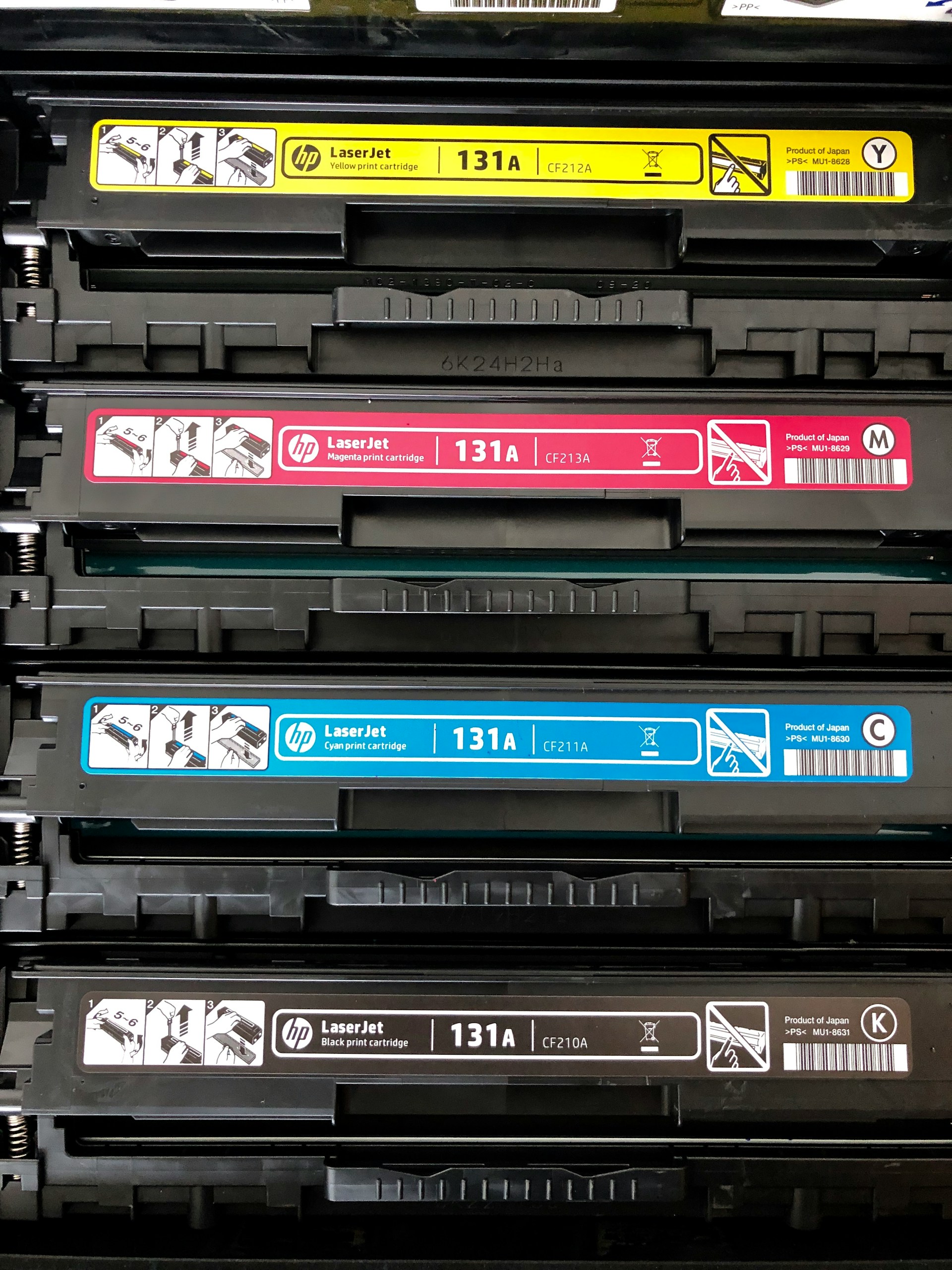
How to Connect Hard Disk to CCTV DVR
If you’ve ever installed a CCTV system, you already know that getting the cameras up is only half the job. The real challenge often begins when you need to connect the hard disk to your CCTV DVR and ensure that everything runs smoothly. A poorly connected or incompatible hard drive can lead to lost footage, system errors, or constant “no disk” messages on your DVR screen — something no one wants to deal with when security is on the line.
In this guide, I’ll walk you through everything I’ve learned in over 10 years of dealing with CCTV systems — from choosing the right hard disk to installing and configuring it properly. By the end, you’ll have the confidence to connect and manage your DVR’s storage like a professional.
1. Understanding Why a Hard Disk Is Essential for Your CCTV DVR
Before we jump into the steps, it’s important to understand the why.
Your CCTV DVR (Digital Video Recorder) is designed to record and store surveillance footage. But it doesn’t come with built-in storage — that’s where the hard disk drive (HDD) comes in.
Think of the HDD as your system’s memory. Without it, the cameras can only show live video; nothing is recorded. When you connect a hard disk to your CCTV DVR, you’re enabling continuous recording, playback, and motion detection storage.
Here’s what a DVR hard drive is responsible for:
-
Recording and archiving footage from all cameras.
-
Managing overwriting cycles — older data gets replaced with newer recordings automatically.
-
Supporting playback and event search without lag or corruption.
From experience, using a surveillance-rated hard disk (not a regular desktop one) makes a huge difference. Brands like Western Digital Purple or Seagate SkyHawk are built specifically for 24/7 operations — they can handle the heat, vibration, and nonstop workload that regular drives can’t.
2. Choosing the Right Hard Disk for Your CCTV DVR
Not all hard disks are created equal — especially when it comes to CCTV systems. If you pick the wrong drive, it may fail prematurely or not be recognized by the DVR at all.
Here are the key factors I always consider when selecting one:
a) Storage Capacity
Think about how many cameras you have and how long you want to store footage. For instance:
-
4 cameras recording continuously in HD may need at least 1TB for about 7–10 days.
-
8 cameras recording 24/7 may require 2TB–4TB.
-
For larger systems, 6TB or higher may be necessary.
b) Surveillance-Grade vs. Desktop Drives
This is a common mistake — using a desktop hard drive. Desktop drives are built for 8–10 hours of daily use, while surveillance drives are designed for 24/7 continuous writing. Always go for a drive labeled as “Surveillance” or “CCTV DVR compatible.”
c) Compatibility
Before buying, check your DVR’s manual or manufacturer’s website for a list of compatible drives. Some older DVR models have storage limits — for example, they may only support up to 2TB drives.
3. Preparing Your Hard Disk Before Installation
Once you’ve got the right hard disk, the next step is preparing it.
You don’t need to format the drive on your computer — most DVRs handle formatting automatically. However, make sure:
-
The hard disk is brand new or wiped clean (no partitions or old data).
-
You have the correct cables — a SATA data cable and a SATA power connector.
-
The DVR is unplugged before you open it (safety first!).
From my field experience, static electricity is an often-overlooked risk. Always ground yourself before touching internal DVR components — even a small static shock can damage the motherboard or drive.
4. Step-by-Step: How to Connect Hard Disk to CCTV DVR
Now let’s get into the actual process. This is where you’ll physically connect your hard disk to your DVR. Follow these steps carefully:
Step 1: Power Off the DVR
Always disconnect the power cable. Never plug or unplug hardware while the DVR is powered — it can short-circuit internal components.
Step 2: Open the DVR Casing
Use a screwdriver to remove the top cover. Inside, you’ll find a small SATA data port and a power connector coming from the DVR’s power supply.
Step 3: Mount the Hard Disk
Place the HDD in the designated bracket or tray. Secure it using the provided screws to prevent vibration during operation.
Tip: Some DVRs have rubber mounts — make sure they’re snugly fitted to reduce noise.
Step 4: Connect the Cables
Attach the SATA data cable to the DVR motherboard and the power cable to the HDD. Make sure both are firmly connected — a loose cable is one of the most common causes of “No HDD Detected” errors.
Step 5: Close the DVR and Power It On
Once everything is in place, close the cover, reconnect power, and turn the DVR back on.
At this point, the DVR should automatically detect the new hard disk. If it doesn’t, don’t panic — we’ll troubleshoot that next.
5. Initializing and Formatting the Hard Disk in the DVR
After installation, you must format the hard disk using the DVR’s interface. This step ensures the file system is optimized for recording video data.
Here’s how to do it (menu names may vary slightly depending on your DVR brand):
-
Go to Menu → Storage → HDD Management (or similar).
-
Select the newly installed hard disk.
-
Choose Format or Initialize.
-
Confirm the action — the DVR will erase any existing data.
-
Once done, check that the status shows as Normal or Recording.
From my experience, formatting the HDD within the DVR itself — not via a computer — avoids compatibility issues later. It also ensures proper partitioning that matches the DVR’s recording structure.
6. Troubleshooting Common Hard Disk Connection Issues
Even if you follow every step perfectly, you might still run into hiccups. Here are the most frequent problems I’ve encountered and how to fix them:
Issue 1: DVR Shows “No HDD” or “Uninitialized”
-
Check both SATA and power connections — reseat them firmly.
-
Try a different SATA cable if available.
-
If it’s a new drive, make sure it’s formatted within the DVR menu.
Issue 2: Hard Disk Makes Clicking Sounds
That’s often a sign of a failing or incompatible drive. Replace it immediately with a surveillance-rated model.
Issue 3: DVR Restarts Randomly
This can happen if the power supply is too weak to support both the DVR and the hard disk. Consider upgrading to a slightly higher-rated power adapter.
Issue 4: Recording Stops After a Few Hours
In some cases, the DVR overwrites too soon or doesn’t record due to storage configuration. Check your recording schedule and overwrite settings in the storage menu.
Pro tip: Always keep your DVR’s firmware up to date. Many “hard disk not detected” issues are fixed through software patches from the manufacturer.
7. Maintenance Tips for Long-Term Performance
Once your hard disk is connected and working, your job isn’t over. Like any mechanical component, HDDs have a lifespan — typically around 3–5 years under continuous use.
Here’s how I keep my clients’ systems running smoothly:
-
Check storage health monthly through the DVR menu (most show temperature or S.M.A.R.T. status).
-
Keep DVRs in a ventilated area — heat is the #1 enemy of hard disks.
-
Avoid frequent power outages by using a small UPS or power stabilizer.
-
Replace drives proactively every 3–4 years — don’t wait for them to fail.
- Read More : cctvcameraonrent
This small maintenance effort can save you from major headaches like missing critical footage.
Conclusion: Get the Most Out of Your CCTV System
Connecting a hard disk to your CCTV DVR might seem technical at first, but once you understand the process, it’s straightforward. The key is choosing the right surveillance-grade drive, installing it safely, and formatting it correctly within your DVR.
From my experience, a well-set-up storage system ensures smooth recording, reliable playback, and peace of mind knowing your footage is always safe.
If you’ve followed this guide on how to connect hard disk to CCTV DVR, you now have a solid foundation to manage your system like a pro. Take the time to check compatibility, keep your drive healthy, and always back up important footage when needed.
FAQs
1. Can I use a laptop or desktop hard disk for my CCTV DVR?
You can, but it’s not recommended. Desktop drives aren’t built for continuous 24/7 recording and may fail early. Always choose a surveillance-grade HDD.
2. How do I know if my DVR supports a specific hard disk size?
Check your DVR’s technical manual or the manufacturer’s website for maximum supported capacity. Some older models only recognize up to 2TB or 4TB.
3. Do I need to format the hard disk before connecting it to the DVR?
No, most modern DVRs can automatically format the disk during setup. However, if the drive isn’t new, formatting it manually through the DVR menu ensures better performance.
